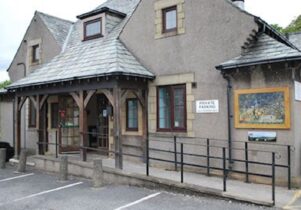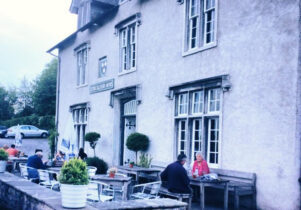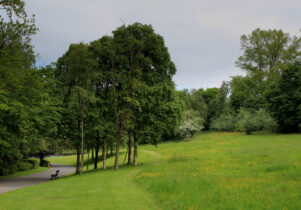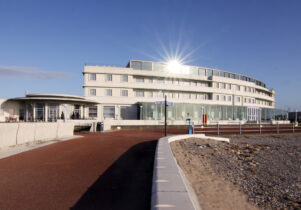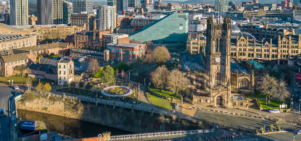Guide over Sands
Polly Checkland Harding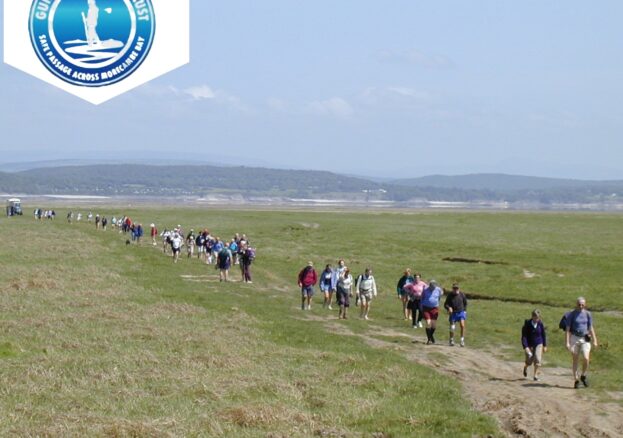
At low tide, the exposed seabed of Morecambe Bay connects the coast of Lancashire to the hills of Cumbria, making it possible to cross the sands between the two and enjoy the extraordinary views along the way. For centuries, this was the main route between Lancashire and the South Lakes, with mail coaches routinely making the crossing until the railway was established around the bay. The sands were as dangerous as they were indispensable, however; dotted with quicksand and subject to notoriously fast flowing tides, many people have lost their lives in Morecambe Bay, including 23 Chinese cocklepickers who drowned in 2004.
This is why the charity Guide Over Sands exists, fulfilling a historical imperative to provide guides for safe passage across the Kent and Leven estuaries. When the Duchy of Lancaster acquired Cartmel and Conishead Priories during the dissolution of the monasteries under Henry VIII, with them came the obligation to appoint guides for travellers over the sands of Morecambe Bay. Today, the official ‘Queens Guides’ lead large groups of people on charity walks along safe paths plotted earlier in the day using centuries’ old techniques, and marked with laurel branches – or ‘brobs’. There are people who’ve served in this post for over 50 years.
It’s a truly spectacular route, starting where the sand gives way to coastal greenery at the tideline and traversing the sand, some hard and flat, other parts sculpted by the water into ridges and runnels. Half way across, there’s the River Kent channel to navigate – a running, 50m wide strip of water at depths of up to 60cm. A final stretch over marshland leads to Kent Bank Station, and the end of the walk. Dates are often booked up by charities in advance; there are links through Guide over Sands’ website to get in contact directly in order to join a walk.












